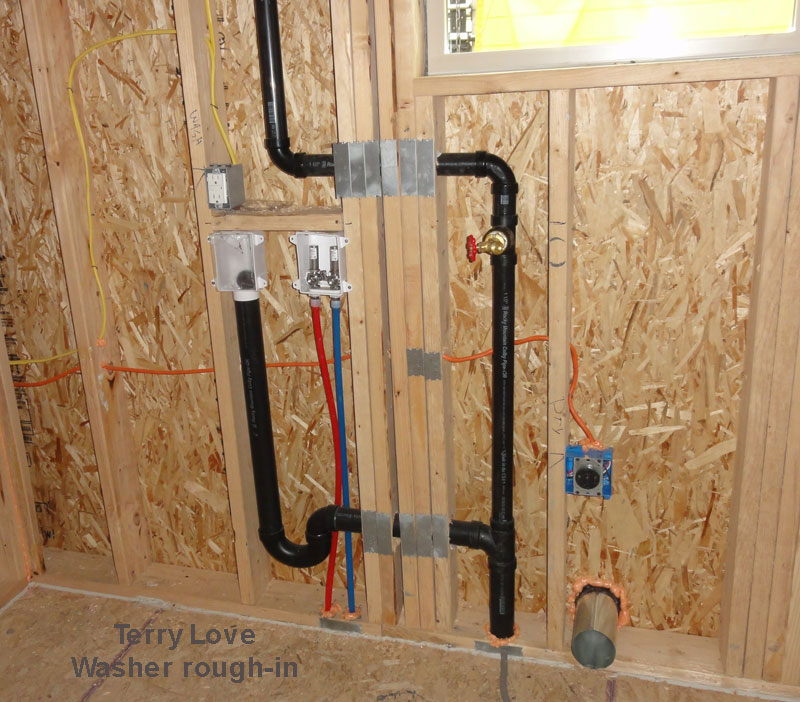Phant82
New Member
Hello! I am not a plumber and will always hire a professional for repairs. However, I am curious as a home owner to know how big or small of a problem I have on my hands. I live in a single story brick ranch built in 1959. I bought the home late last year. See the picture I uploaded: this is the beginning of the sewer drain line in my home, in the crawl space. It starts on the far end of the home with the washing machine. There is a standpipe leading down to this p trap in the picture, and notice the p trap is not vented, and it connects directly into the main sewer line. The sewer line then continues on under the kitchen sink (the p trap and vent for kitchen sink is not in the crawl, it is further up in the home), then under the guest bathroom, then it cuts a 90 degree angle and continues under the master bathroom before exiting the home to the street. When my washing machine drains, I usually get a waft of rotten egg smell coming up through the washing machine standpipe. I imagine this is the sewer gas needing a place to escape since the p trap is not vented. When I run my kitchen sink or guest bathroom sink, I can hear "glug glug glug" coming from my washing machine standpipe. Again, I'm guessing the air needs a place to go. I would welcome any insight to help me understand the level of the issue I am dealing with. Is this something that can get worse, or can I leave it alone for now and deal with the occasional gurgling and rotten egg smell? Is there any chance the washing machine p trap would use the kitchen sink vent for venting? They are probably 20 feet apart so I would guess not. Is there a way to cut the drain line and install an air admittance valve after the p trap? We have these in our home but not directly in line with our sewer line. Thanks for any help.

Last edited by a moderator:

